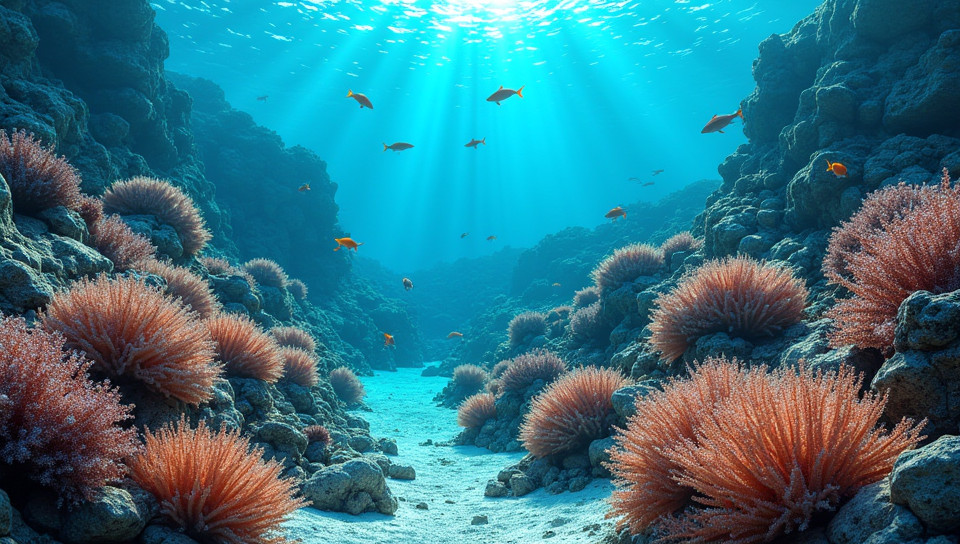Artificial reefs are used in coral restoration projects 95%

Artificial Reefs: A Key Component in Coral Restoration
As the world's oceans continue to face the threat of climate change, coral bleaching, and overfishing, it's essential that we explore innovative solutions to protect and restore these vital ecosystems. Artificial reefs have emerged as a crucial tool in coral restoration projects, providing a platform for marine life to thrive while also promoting biodiversity and supporting local economies.
What are Artificial Reefs?
Artificial reefs are human-made structures designed to mimic the habitat provided by natural reefs. These artificial ecosystems can be created using various materials such as concrete blocks, metal frames, or even shipwrecks. By providing a substrate for coral growth, artificial reefs offer a chance for corals to colonize and thrive in areas where natural reefs may have been damaged or destroyed.
Benefits of Artificial Reefs
Artificial reefs offer numerous benefits for marine ecosystems and local communities:
- Reduced coastal erosion
- Improved water quality
- Enhanced biodiversity
- Increased fish populations
- Support for commercial fisheries
- Opportunities for eco-tourism
Coral Restoration Projects Using Artificial Reefs
Several organizations and governments are utilizing artificial reefs as a key component in coral restoration projects. For example, the Coral Reef Alliance has created a network of artificial reefs off the coast of Hawaii, providing a habitat for coral growth and supporting local marine life.
Challenges and Limitations
While artificial reefs offer significant benefits, there are also challenges and limitations to consider:
- High initial costs
- Maintenance and upkeep requirements
- Potential for invasive species introduction
- Impact on natural habitats
Conclusion
Artificial reefs have the potential to play a vital role in coral restoration projects, providing a platform for marine life to thrive while promoting biodiversity and supporting local economies. As we continue to face the challenges of climate change and ocean degradation, it's essential that we explore innovative solutions like artificial reefs. By working together, we can protect and restore our oceans' precious ecosystems, ensuring a healthy and thriving future for generations to come.
- Created by: Elijah Gonzalez
- Created at: Nov. 9, 2024, 11:24 a.m.
- ID: 15657









